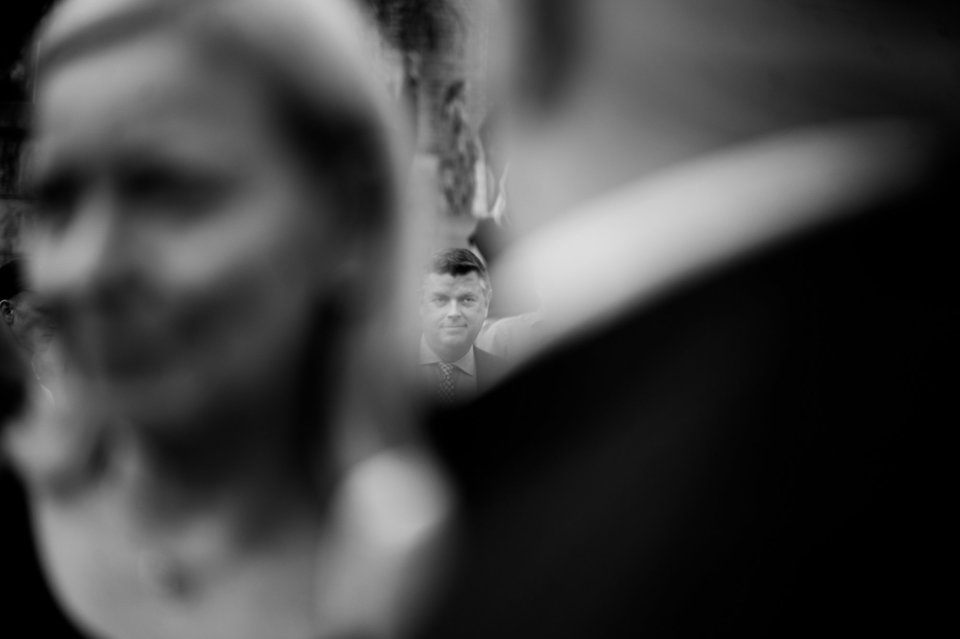
The imperfect photo
Is it absolutely necessary that a photo is technically perfect, in order to be a good photo? With a technical “perfect” photo I consider that it is exposed and composed correctly. That it is levelled and framed with the object placed accordingly to the rules of thirds. In colours with the correct white balance and colour saturation. Or in black and white, with levelled grey tones, where white is white, and black is black. Technical fine photographs, though sometimes missing something. That thing often is life. Where you feel the vibrations and history told by the picture.

Maybe the “perfect” image just is a bit more boring because it has less life than the imperfect photo. Does it then have to be an imperfect photo to be alive? I find that the “perfect” image easily can be full of life and stories, but when we seek too much the technical perfect picture, often the story and life of the image is left back.
The imperfect photo often occurs when the photographer is fully concentrated on capturing the decisive moment. More than thinking about the perfect composition and exposure. Not that this is about being careless, but it just have to be a little less in focus, with more concentration on the expression of the scenery captured than the rules describe. It is all about being present, about being able to predict and take in the motive, stopping time and express feelings and a history to the viewer of the photograph. Sometimes there is time for setting up the camera correctly before a picture is shot, but at other times it is all just happening with speed and intuition. It might end up in a more untamed and technically less perfect picture, but instead a more vibrant and storytelling picture might be the result.

For the same reasons I nearly always photograph with the same one camera and lens. That is why my standard equipment carried in my photo bag is a Leica M9, Summilux 50mm f1.4 ASPH. Not that this article is about technique, and not that it has to be that camera. It just has to be the samme, used over and over again so you know it in your bones. Actually it is about everything else than technique. Just to say that by nearly always using the same equipment, I can concentrate on the motive and much less on the technical issues. Knowing my camera and lens in and out, makes it possible for me to concentrate on the one important thing, and that is capturing the moment. Therefore I seldom changes cameras and stay with what works.
Using the same lens and focal length, has the advantage that I know almost exactly how far from the object I have to be to frame it correctly. Sometimes I may not be able to move to a better distance fast enough, or there isn’t space for it, which force me thinking differently and change the framing. It pushes forward a motive that I might not have thought of without being forced to it, sometimes making the restriction being a gift instead of a obstacle. Something that would not have happened if I was equipped with a zoom lens. It is an old truth that zoom lenses makes the photographer lazy. Although there may be exceptions out there, the fixed focal length lens force you to move your feets and think differently. As a counterargument to the habit of always using the same camera and lens, it can be beneficial to change the normal equipment. Just to change your perspective and loosen up for a more interesting picture, adding mistakes and suddenly gifts of the photography. Accidentally and by forced thinking rather than being locked to conventional thinking.

Paris. Photo: Morten Albek
Discover more from Morten Albek Photography
Subscribe to get the latest posts sent to your email.


